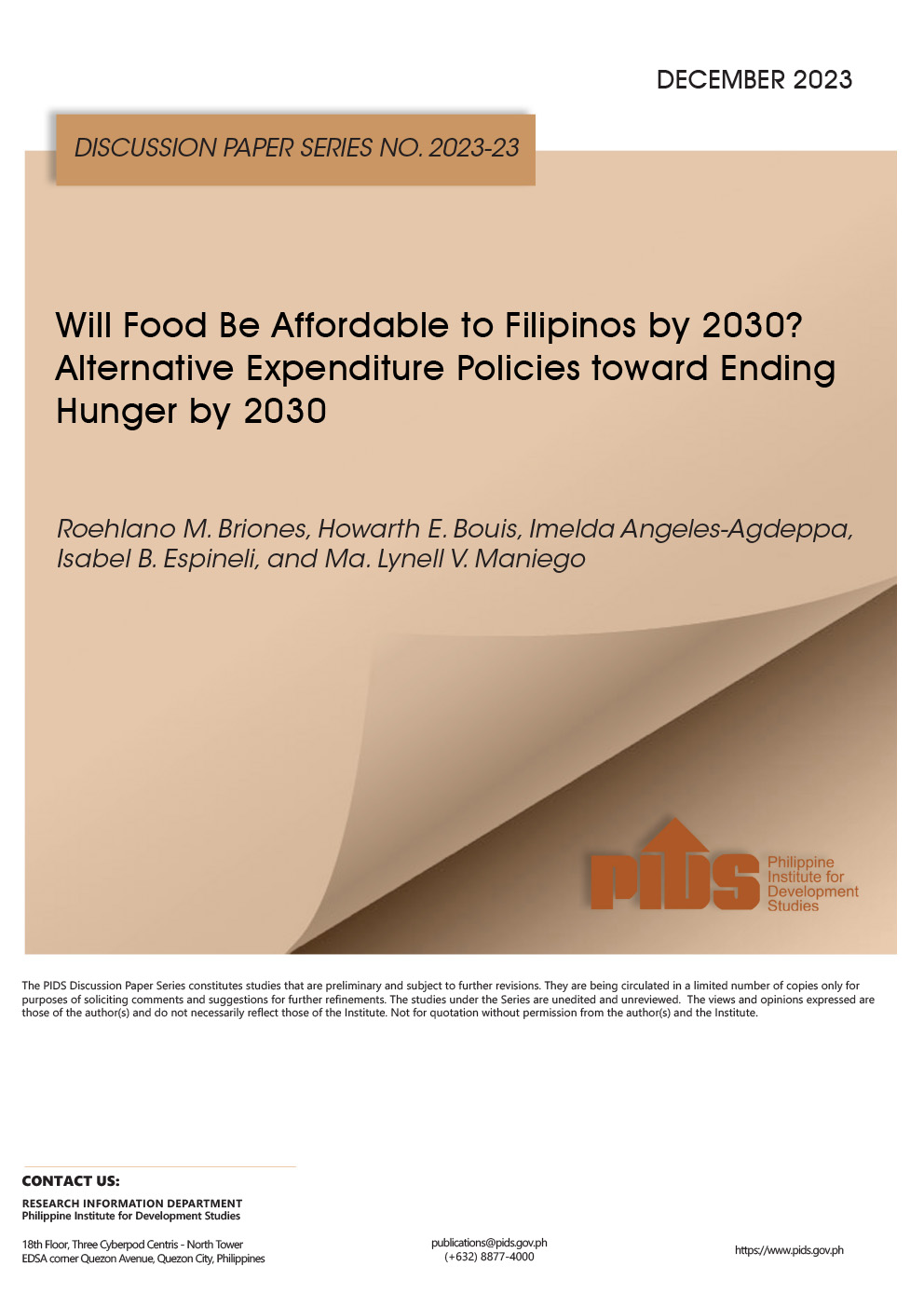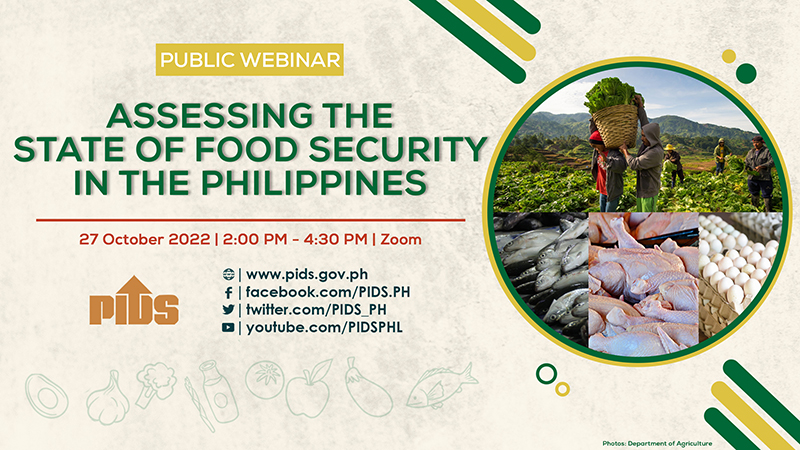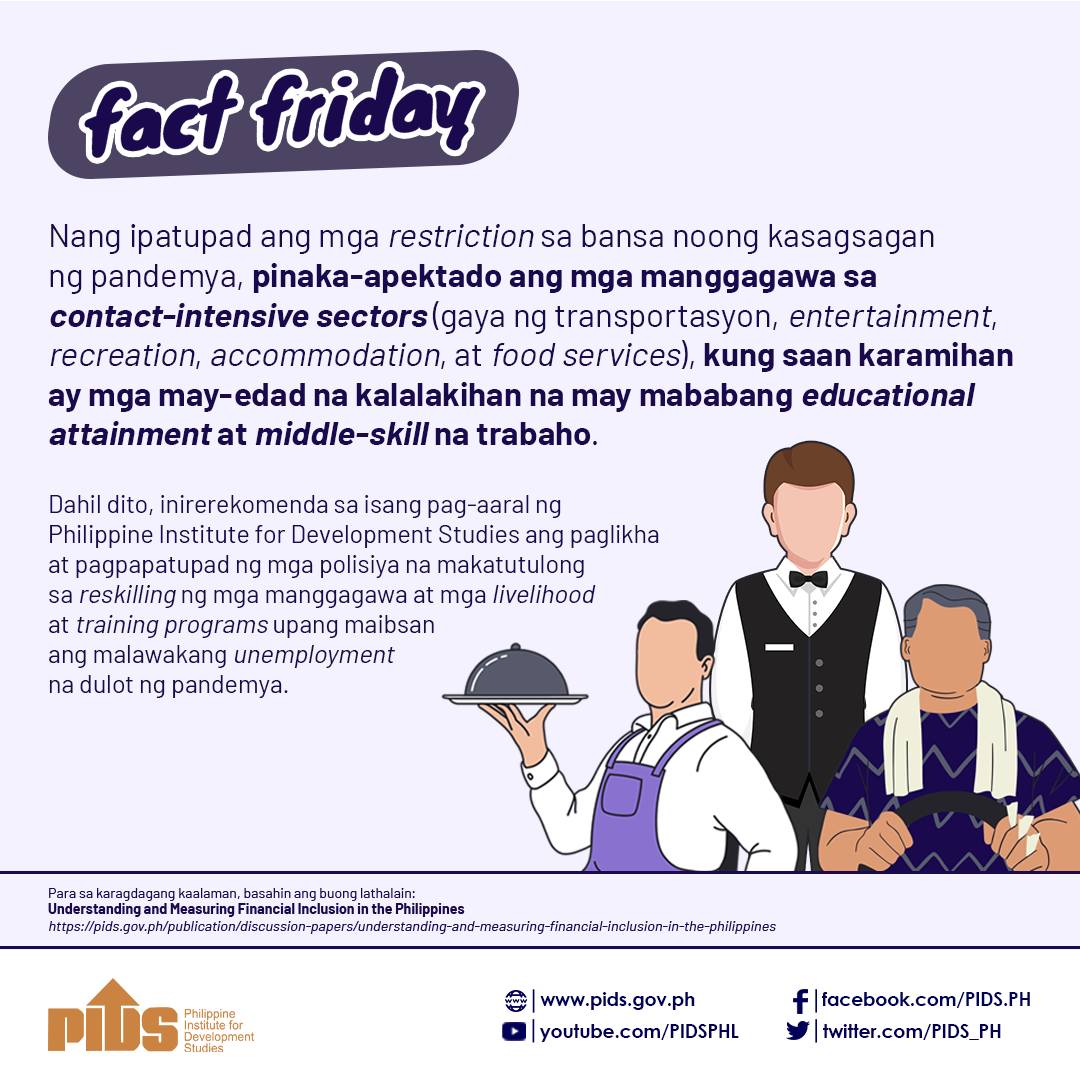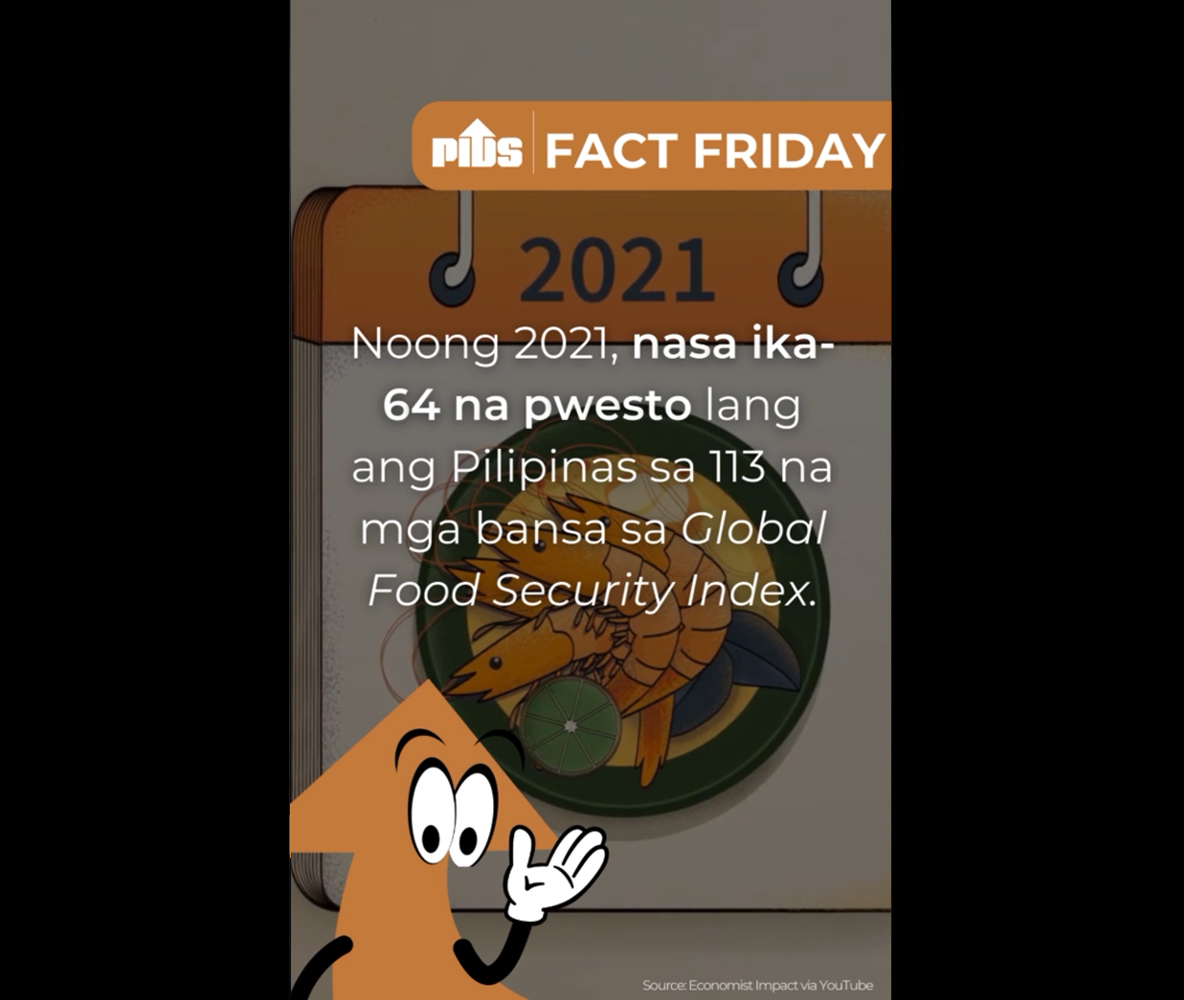President Duterte has sent the strongest signal that the Philippines is ready to further open up its rice market when he urged lawmakers to pass a law that would amend Republic Act (RA) 8178. In his third State of the Nation Address (Sona), Duterte exhorted his fellow government workers to fast-track the amendment of the Agricultural Tariffication Act of 1996 to remove the quantitative restriction on rice. The law did not specify an end-date for the rice so it had to be amended to convert it into tariffs.
When the Philippines joined the World Trade Organization (WTO) in 1995, Congress had to pass a law that converted QRs on agricultural commodities, except rice, into tariffs. This was done because the rice subsector is a major contributor to farm output. Unmilled rice production alone accounts for about 15 percent of the agriculture sector’s output at any given time. Also, some 2.4 million farmers rely on growing rice for their livelihood. It doesn’t come as a surprise, therefore, if the government pours money on the rice sector.
The impending shift to a QR-less regime would practically free up government funds. A proposal to amend RA 8178 indicates that tariffs collected from imports would be channeled to the rice sector.
The removal of the rice QR and the expected hike in the purchase of imported rice, according to a study of the Philippine Institute for Development Studies (Pids), would allow the government to collect some P27 billion in tariffs annually. This amount is on a par with the budget set aside for the sector in recent years, if the allocation for the National Irrigation Administration is included.
After the QR is scrapped, the government should consider raising the budget for other farm commodities if it wants to tame inflation and make food prices more affordable.
Inflation data from the Philippine Statistics Authority shows that Filipinos spend heavily on food. Food items account for nearly 40 percent of the consumption basket of Filipinos, according to the PSA. This is why even a slight hike in the prices of select food items—rice, corn, bread, fish, vegetables and fruits—would accelerate inflation.
Supporting other agricultural subsectors would not only boost food supply but also the income of farmers. The poultry and livestock subsector, for instance, could use more assistance from the government. Hog raisers have been urging the government to set up state-of-the-art animal diagnostic laboratories that would ensure prompt diagnosis of emerging animal diseases. Goat raisers also need help in expanding their herd. Money could also be pumped into other government research and development (R&D) activities.
The government can consider channeling funds to promote cash crops cultivation, such as coffee and cacao. Unlike the time needed to harvest other crops like rice and corn, it takes a minimum of two years to realize any gain from planting coffee and cacao. That’s why farmers who are into growing these cash crops need government assistance, such as production loans with low interest rates. It may take longer for growers to earn from planting coffee and cacao, but the potential rewards are huge. Coffee consumption is on the rise and cacao commands a good price in the international market.
Congress will soon deliberate on the budget proposals of government agencies. It is hoped that lawmakers would keep these things in mind when they start scrutinizing the budget of the Department of Agriculture. It is time for the government to adopt innovative ways that will allow the farm sector to profitably supply the country’s food requirements and provide decent livelihood opportunities to Filipino farmers.












